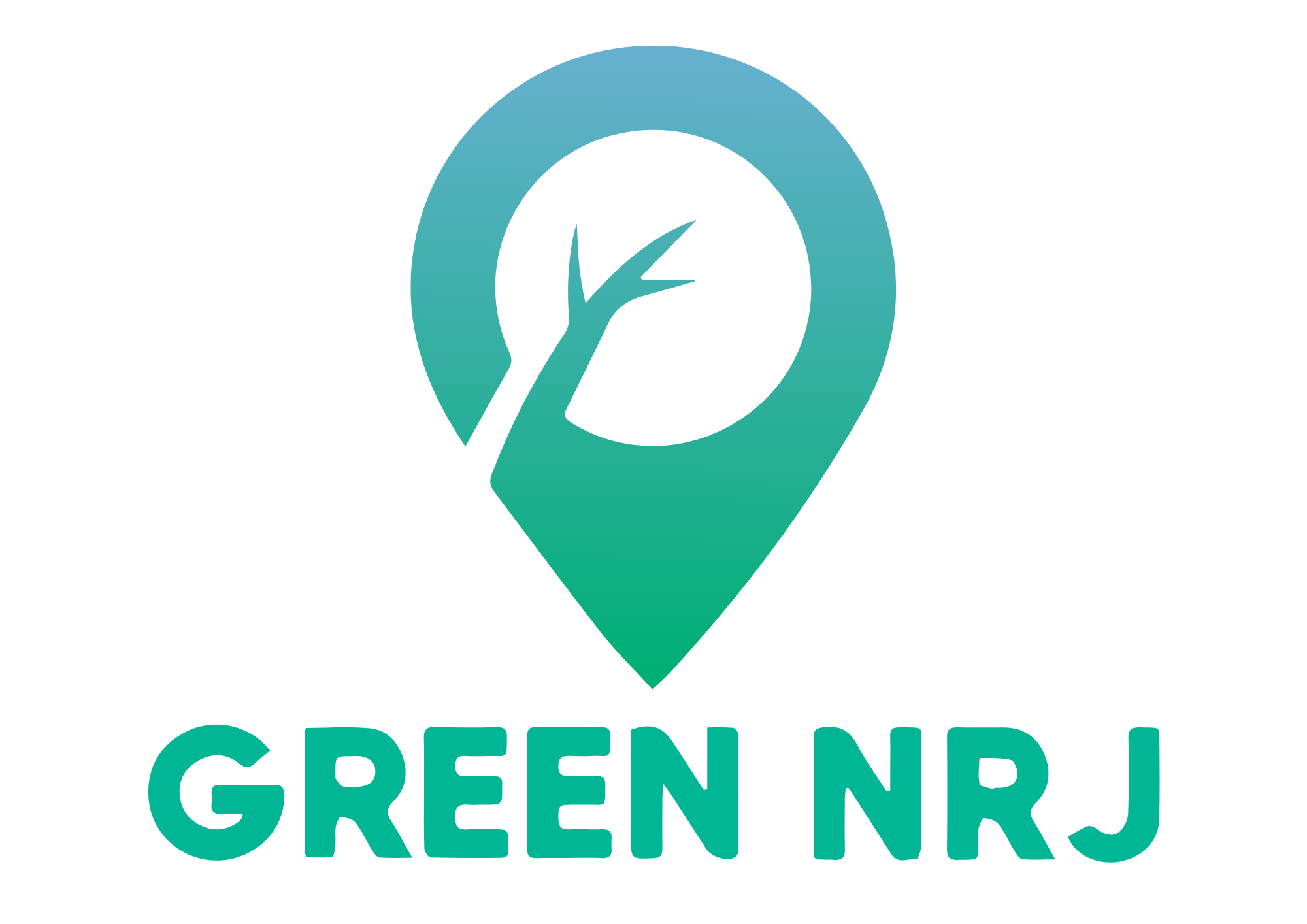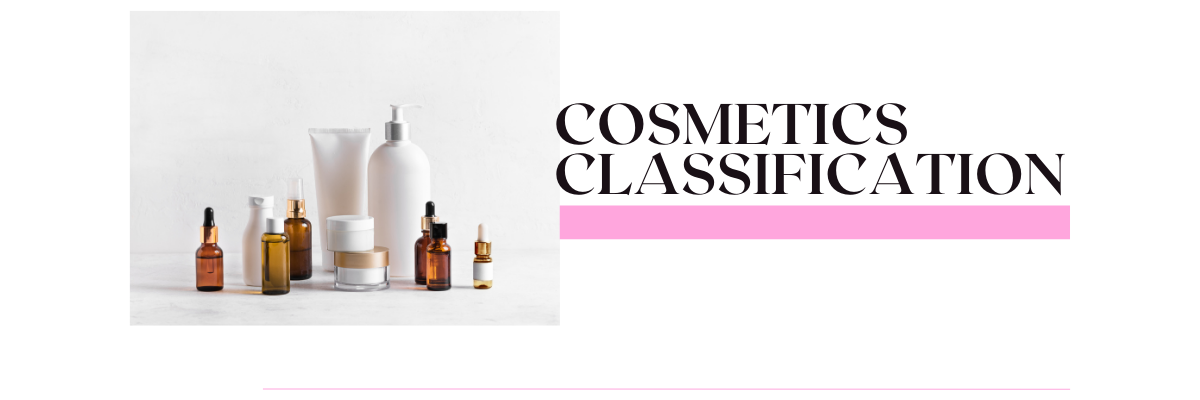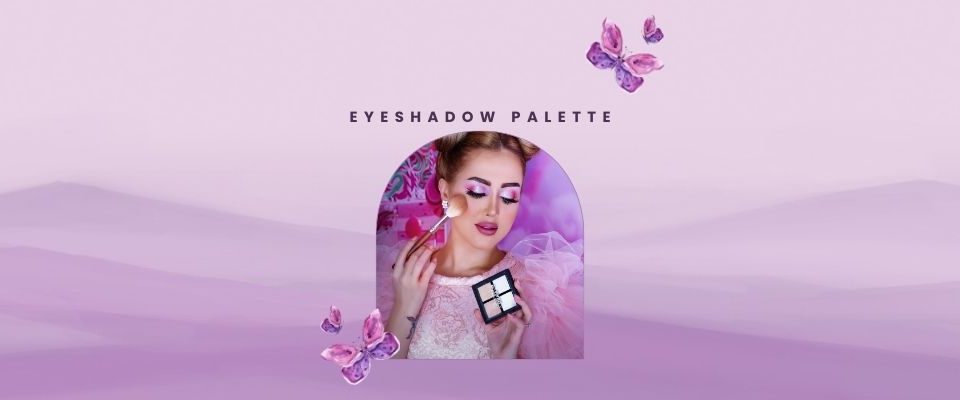- If you have any questions, please contact us!
- +84 965 624 065
- info@greennrj.com.vn
Cosmetic Classification in Vietnam: How to Determine if Your Product Qualifies (2025 Guide)

Powerful China CFS Fast Track in Vietnam for Faster Class C/D Medical Device Registration (2025)
August 11, 2025Cosmetic Classification in Vietnam: How to Determine if Your Product Qualifies (2025 Guide)
Vietnam’s cosmetic market is expanding rapidly, driven by growing beauty awareness and consumer demand for skincare, makeup, and personal care products. However, cosmetic classification in Vietnam is not always straightforward. Not every beauty product qualifies as a cosmetic under Vietnamese law, and misclassification can lead to delays, penalties, or even product recalls. Understanding how to determine if a product is a cosmetic in Vietnam is the first step toward compliance. This guide explains how to determine if your product is a cosmetic, outlines the step-by-step evaluation process, lists recognized categories, and highlights excluded items.
Definition of Cosmetics in Vietnam
Under Vietnamese cosmetic law Circular 06/2011/TT-BYT, a cosmetic is:
“Any substance or preparation intended to be placed in contact with the external parts of the human body (epidermis, hair system, nails, lips, and external genital organs) or with the teeth and the mucous membranes of the oral cavity, with a view exclusively or mainly to cleaning them, perfuming them, changing their appearance, protecting them, keeping them in good condition, or correcting body odours.”
Key points:
-
Must be applied externally (skin, hair, nails, lips, teeth, oral cavity).
-
The primary function is cosmetic, not therapeutic or medicinal.
-
Product claims cannot imply medical treatment or disease prevention.
This definition aligns with the ASEAN Cosmetic Directive in Vietnam, ensuring consistency across ASEAN member states.
Recognized Cosmetic Categories in Vietnam
According to the ASEAN Cosmetic Directive in Vietnam, there are 21 official cosmetic categories:
-
Hair care products (shampoos, conditioners)
-
Hair styling products (gels, sprays)
-
Hair dyes and bleaches
-
Hair waving/straightening products
-
Skin care products (creams, lotions)
-
Face masks
-
Makeup removers
-
Skin lightening products
-
Anti-wrinkle products
-
Body care products
-
Deodorants and antiperspirants
-
Bath and shower preparations
-
Oral and dental care products
-
Shaving products
-
Makeup products (foundation, powders)
-
Eye makeup (eyeshadow, eyeliner, mascara)
-
Lip products (lipstick, gloss)
-
Nail care and polish products
-
Sun protection products
-
Self-tanning products
-
Skin whitening and brightening products
Step-by-Step Cosmetic Classification in Vietnam: Is Your Product a Cosmetic?
Step 1 – Identify Intended Use
Ask: Is the main purpose to clean, perfume, change appearance, protect, or maintain the body’s surface without altering body functions?
-
Cosmetic: Moisturizing cream, lipstick, shampoo.
-
Not cosmetic: Medicinal ointment claiming to “treat eczema” (difference between cosmetics and pharmaceuticals in Vietnam).
Step 2 – Confirm Application Area
-
Cosmetic: Used externally on skin, hair, nails, lips, or oral cavity.
-
Not cosmetic: Dietary supplements or internal-use products (cosmetic import regulations in Vietnam do not apply here).
Step 3 – Check Formulation & Ingredients
-
Acceptable forms: creams, lotions, gels, sprays, powders, liquids.
-
Must comply with cosmetic safety requirements in Vietnam:
-
No prohibited substances
-
Restricted substances within legal limits
-
Approved colorants, preservatives, and UV filters
-
Step 4 – Match ASEAN Categories
If your product fits into one of the 21 categories above, it is likely a cosmetic.
Step 5 – Review Product Claims
-
Cosmetic-appropriate: “Moisturizes skin”, “Reduces appearance of wrinkles”.
-
Not cosmetic: “Treats fungal infection”, “Cures acne” (MOH cosmetic product guidelines Vietnam prohibit medical claims).
Step 6 – Seek Expert Advice for Borderline Products
Examples: medicated toothpaste, anti-dandruff shampoo, strong skin-lightening creams. For these, consult a regulatory expert before starting the cosmetic product approval process in Vietnam.
Why Correct Classification Matters
Correct classification ensures:
-
Regulatory compliance with the Ministry of Health’s cosmetic notification procedures.
-
Avoiding penalties for mislabeling or misclassification.
-
Faster market entry by preventing unnecessary delays due to incorrect product category registration.
Conclusion
Determining whether your product qualifies as a cosmetic in Vietnam is the first critical step before market entry.
By following the official definition, checking the application area, matching it with the 21 recognized ASEAN cosmetic categories, and reviewing product claims, you can avoid costly misclassifications.
If in doubt, professional advice from a regulatory expert like Green NRJ can help you achieve a smooth and compliant product launch.
Need expert support for cosmetic classification and registration in Vietnam?
📩 Contact Green NRJ today for a fast and compliant solution.


